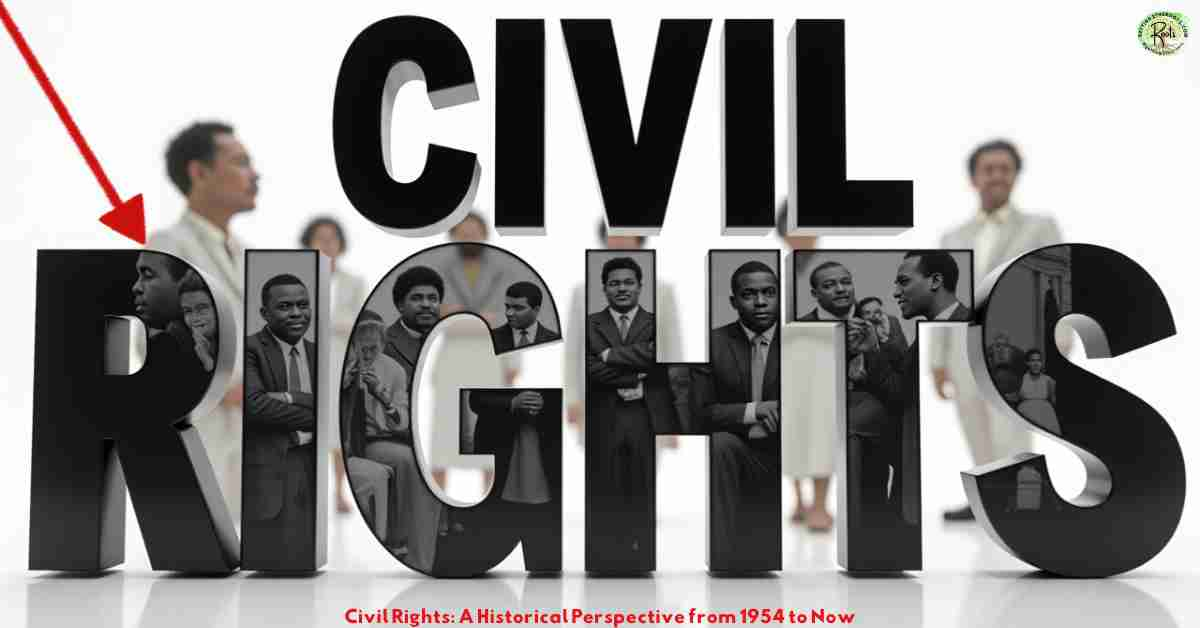Black veterans returned to face racism, turning their outrage into Civil Rights momentum that challenged segregation and stirred a nation to act. This post takes you on a powerful journey from the battles fought overseas to the legal and social fights at home.
You’ll see how everyday people, court decisions, peaceful protests, and bold leaders helped tear down barriers and push America toward justice. Explore the legacy they forged and its enduring relevance today.
How the Civil Rights Movement Took on Segregation in Everyday Life
Challenging Segregation in Public Spaces
The Civil Rights movement attacked everyday segregation with strong determination. Black Americans no longer waited for change. They demanded it.
Segregation showed up in daily life. Signs on buses, benches, hospitals, and schools made the message clear. Black people were not seen as equal.
Instead of accepting it, they acted. Boycotts became one of the first powerful tools. After Rosa Parks refused to move, the Montgomery Bus Boycott began.
Black riders stayed off buses for more than a year. Many walked to work. Some shared cars. Others rode in taxis. The sacrifice hurt, but the cause mattered more.
Eventually, the courts ruled bus segregation unlawful. That win proved something big. People working together could break down racist systems.

Turning Court Rulings Into Community Action
Civil Rights leaders focused next on schools. Brown vs. Board of Education made segregation in schools illegal. Yet many towns ignored the decision.
Some schools closed instead of integrating. Others created new roadblocks. Black children walked past protest signs and angry crowds just to learn.
Families stood strong. They believed education was worth the risk. The struggle revealed the gap between legal change and real life.
At the same time, the right to vote faced strong resistance. Black citizens were kept from voting with poll taxes, fake literacy tests, and violence.
In response, activists launched registration drives. They trained new voters. They spread awareness in churches and homes. Even when jailed, they returned stronger.
These efforts helped bring about the Voting Rights Act of 1965. That law protected Black voters and forced states to stop cheating the system.
Protests That Made America Pay Attention
Direct action shifted public opinion. Sit-ins became a major force. Young people entered whites-only diners. They asked for service, stayed silent, and refused to leave.
Crowds jeered. Police dragged them away. Still, they returned each day. Their bravery changed minds. Slowly, lunch counters opened to everyone.
The Civil Rights movement also launched the Freedom Rides. These groups rode buses through Southern states. They tested laws banning segregation at terminals.
In many cities, the response was brutal. Riders were beaten. Buses were set on fire. Yet they kept going. They showed the world what racism looked like.
Eventually, federal officials responded. Segregated signs came down in stations. Laws were finally enforced on the ground.
Marches That Moved a Nation Forward
Marches became another key weapon. The 1963 March on Washington brought over 250,000 people to the capital.
Martin Luther King. Jr. gave his most famous speech there. This wasn’t just a moment. It was a turning point. America saw the power of peaceful protest.
The world was watching too. Every sit-in, bus ride, boycott, and march pushed the message louder. Black Americans were done with second-class treatment.
They wanted change in every part of life. Through persistence and unity, the Civil Rights movement reshaped the country. It proved that ordinary people could lead extraordinary change.
How Civil Rights Actions Turned Protest Into Policy
Protests That Forced Change Into Law
The Civil Rights movement proved that protest could change laws. People didn’t just demand justice. They showed up and pushed for it. Each protest became a turning point.
The Montgomery Bus Boycott showed how long-term action could lead to a legal win. That boycott began after Rosa Parks refused to move. For over a year, Black riders stopped using the buses.
Their action forced the courts to ban bus segregation. Then came the Little Rock Nine. In 1957, nine Black students enrolled at Central High School in Arkansas. Angry crowds formed.
The governor tried to block them. In response, President Eisenhower sent federal troops to protect the students. This wasn’t just about one school. It was about enforcing a Supreme Court decision.

Protesters made the government act. Soon after, the sit-in movement began. Four college students in Greensboro, North Carolina, sat at a whites-only lunch counter. These nonviolent actions worked.
Public pressure grew. Businesses lost money. Cities faced embarrassment. As protests continued, more places removed segregation signs. They were denied service. They refused to leave. The next day more came.
The idea spread fast. Each protest pushed America closer to change. It became harder to ignore the problem. The media showed images of violence.
By making the injustice visible, these actions turned the nation’s attention toward the need for strong new laws. People outside the South saw the truth.
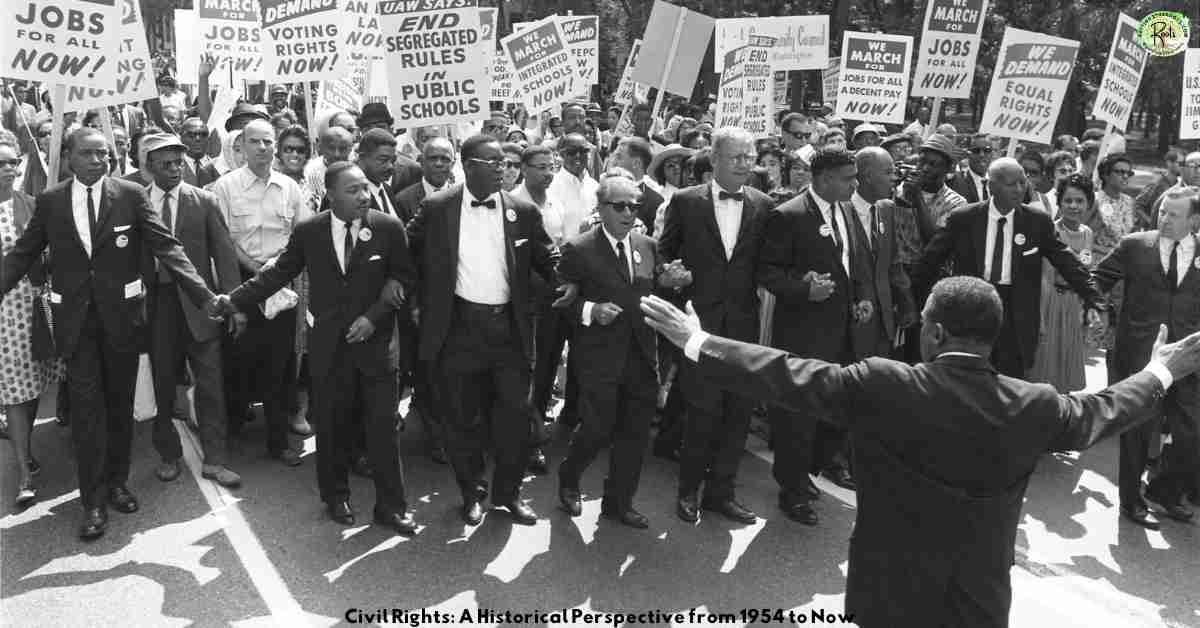
Turning the Nation’s Eyes Toward Justice
As protests spread across the South, the pressure on lawmakers grew. Civil Rights leaders used every tool they had, marches, speeches, media, and court cases, to keep the spotlight on injustice.
Meanwhile, the Freedom Rides raised the stakes. Interracial groups boarded buses and traveled through the Deep South. They aimed to test a law banning segregation in interstate travel. At first, the federal government stayed silent.
However, when riders were beaten and buses were set on fire, the violence became national news. Journalists captured the attacks. Pictures and headlines told the world what was really happening in America.
In response to the public outcry, federal officials stepped in. They started enforcing existing laws that had long been ignored. Slowly, segregated bus terminals began to change.
At the same time, Civil Rights leaders planned larger events. One of the biggest was the Birmingham Campaign in 1963. Peaceful protesters filled the streets of Alabama’s most segregated city.
They were met with fire hoses, police dogs, and mass arrests. Still, they kept coming. The violence shocked the nation. Television cameras recorded everything. Children were knocked down by water blasts.
Peaceful marchers were dragged to jail. As a result, Americans across the country began paying attention. Politicians felt the heat. Civil Rights was no longer a local problem.
It was a national emergency. This intense pressure helped push lawmakers to act. The protests laid the foundation for new laws. Without the action in the streets, those laws would not have passed.
From Public Pressure to Powerful Policy
The momentum built by protests led directly to new legislation. Civil Rights activists made sure lawmakers could no longer delay change. By mid-1963, the March on Washington became a powerful moment in history.
Over 250,000 people gathered peacefully at the Lincoln Memorial. They carried signs as they moved through the crowd. Freedom songs rose from every corner.
United in purpose, they stood side by side, demanding justice. Dr. Martin Luther King Jr. gave his now-famous “I Have a Dream” speech. His words echoed across the world.
And, this march was not just symbolic. It showed Congress and the White House that the people were united. Soon after, Congress responded. In 1964, the Civil Rights Act became law.
This landmark legislation banned discrimination in public places, workplaces, and schools. It outlawed segregation. It gave the federal government power to enforce equal treatment.
Activists in Selma had marched for voting rights. They were beaten on a bridge called Edmund Pettus. The scene shocked the country once again.
Because of that moment, lawmakers moved quickly. The new law banned literacy tests. It placed federal officials in states with a history of voter suppression. It opened the door for more Black Americans to vote safely and freely.
Together, these laws marked a major shift. What began as street protests became federal policy. Voices from bus stops, lunch counters, and churches reshaped American law.
Although the fight was not over, these wins showed what protest could achieve. The Civil Rights movement had turned pain into power, and marches into mandates.
Civil Rights Leaders Who Drove the Movement Forward
The Civil Rights movement thrived because of powerful leaders who took bold action. These individuals inspired crowds, challenged laws, and risked their lives to demand justice.
Among them, Dr. Martin Luther King, Jr. stood as a central figure. He used nonviolence as both a strategy and a message. His speeches moved the nation.
His leadership during events like the Birmingham Campaign and the March on Washington helped shape the direction of the movement. However, Dr. King wasn’t alone. Alongside him stood the Nation of Islam, and Malcolm X.
While King focused on peaceful protest, Nation of Islam and Malcolm X spoke about self-defense and Black pride. His voice gave strength to many who felt unheard in the traditional movement.
Another key figure was Rosa Parks. Her quiet courage sparked a massive shift. By refusing to give up her seat, she helped launch the Montgomery Bus Boycott.
As a result, she became a symbol of everyday resistance. Likewise, John Lewis brought fearless energy to the front lines. As a leader of the Student Nonviolent Coordinating Committee (SNCC), he organized sit-ins and joined the Freedom Rides.
Later, he marched in Selma, where he was beaten during Bloody Sunday. Still, he continued the fight. Additionally, Thurgood Marshall fought in courtrooms instead of on the streets. As lead attorney for the NAACP, he argued the Brown vs. Board case.
Later, he became the first Black Supreme Court Justice, pushing for equality from within the highest court. Together, these leaders used their unique voices and methods to push the Civil Rights movement forward. Their impact was undeniable.
Voices Beyond the Spotlight
While famous names led marches and gave speeches, many Civil Rights leaders worked behind the scenes. Without them, the movement would not have reached as far or lasted as long.
For example, Ella Baker helped build strong grassroots organizations. She believed in lifting up the voices of young people and local activists. As a founding force behind SNCC, she trained students and gave them tools to lead.
Likewise, Fannie Lou Hamer rose from a sharecropper’s life to become a national voice. She fought for voting rights in Mississippi. After facing jail and beatings, she still spoke truth to power.
Her speech at the Democratic National Convention exposed the ugly reality of voter suppression in the South. Additionally, Bayard Rustin played a major role as an organizer.
He planned the 1963 March on Washington. Although he stayed out of the spotlight due to prejudice against his sexuality, his strategy and planning helped shape the movement’s success.
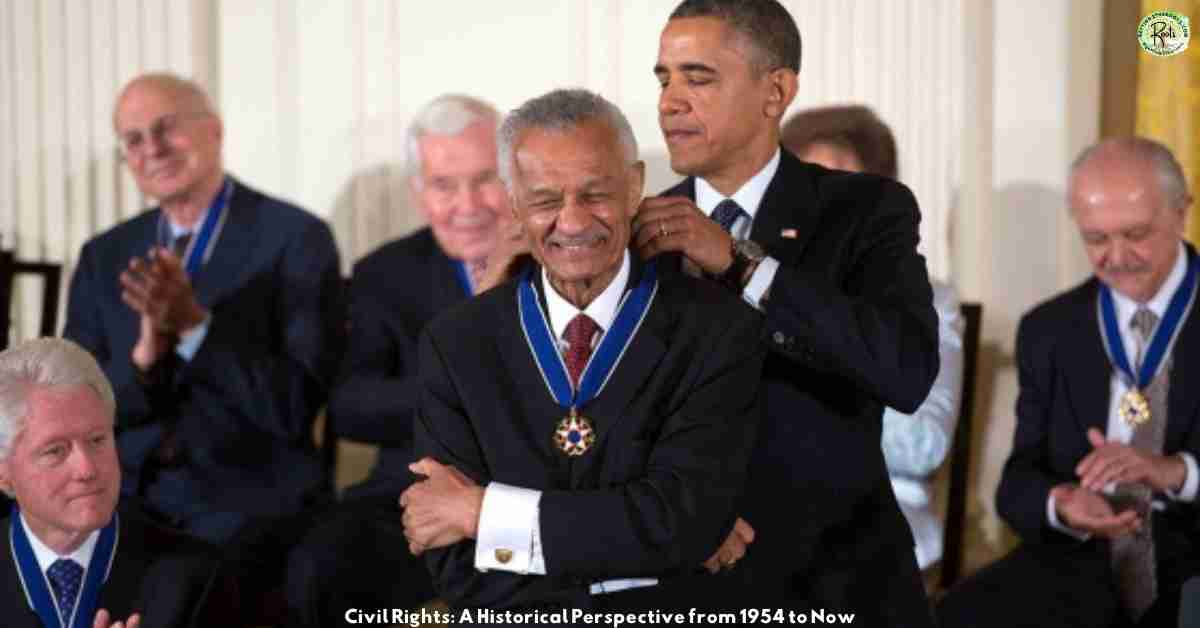
Diane Nash also stood strong. She organized sit-ins in Nashville and helped lead the Freedom Rides. Her leadership pushed others to keep going, even when violence and jail seemed certain.
Another critical figure, James Lawson, taught nonviolent resistance techniques. His training sessions gave activists the skills they needed to face brutal conditions with courage.
Furthermore, Septima Clark created citizenship schools. These schools taught reading, writing, and the power of the vote. Her work expanded Black voter participation across the South.
Though their names were not always in headlines, these individuals drove real change. Their commitment kept the Civil Rights movement growing from the ground up.
Unsung Heroes Who Kept the Movement Alive
In addition to well-known and mid-level organizers, countless other Civil Rights leaders helped power the movement in quiet but powerful ways. Without them, many protests would have failed.
For instance, Claudette Colvin challenged bus segregation months before Rosa Parks. At only 15 years old, she refused to give up her seat to a white passenger. Although her case didn’t gain as much attention, it helped lay the foundation for legal change.
Similarly, Jo Ann Robinson played a key role in launching the Montgomery Bus Boycott. She worked overnight to print and distribute thousands of flyers after Rosa Parks’ arrest. Her quick thinking and hard work helped mobilize the Black community almost instantly.
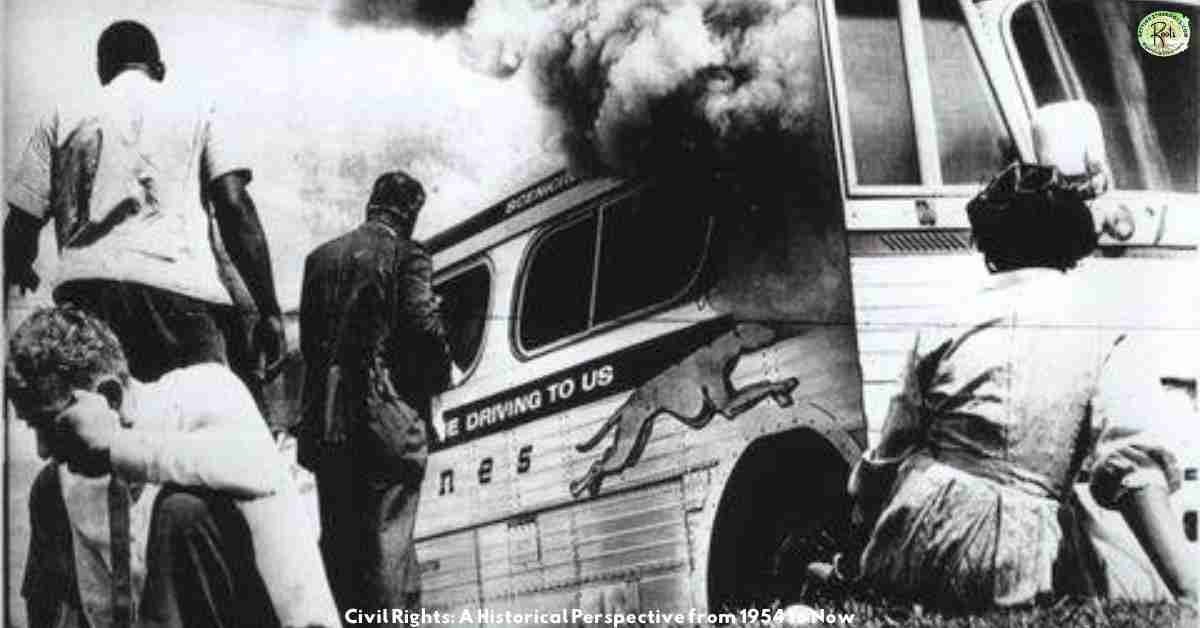
Moreover, C.T. Vivian led powerful campaigns alongside Dr. King. He helped organize the Freedom Rides and pushed for voter registration. His firm stance in the face of violence showed deep commitment.
Amzie Moore, based in Mississippi, also focused on voter registration. He opened his home to activists and mentored younger leaders like Fannie Lou Hamer. Because of his groundwork, new leaders emerged with confidence and direction.
Furthermore, Constance Baker Motley made history in courtrooms. She helped write the Brown vs. Board complaint and became the first Black woman to serve as a federal judge. Her work behind the scenes helped change the legal system from the inside.
Civil Rights Activists Faced Resistance and Fought Back Together, these individuals, young and old, bold and quiet, kept the Civil Rights movement alive.
Although history books may overlook them, their actions helped shape every major victory. Their efforts proved that leadership comes in many forms and that real change always requires a team.
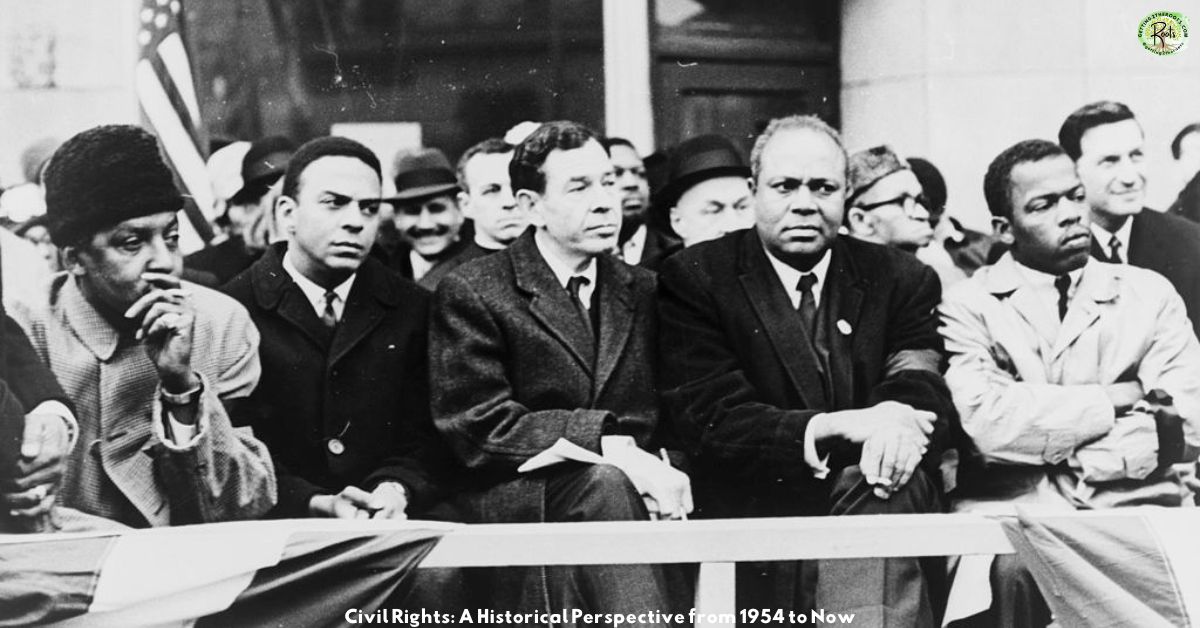
How Civil Rights Activists Faced Resistance and Fought Back
Legal Barriers and Political Pushback
The Civil Rights movement didn’t just face social challenges. It met fierce legal and political resistance at every level of government. Local and state leaders worked hard to block progress.
For example, Southern lawmakers passed laws designed to stall integration. These “massive resistance” policies closed schools rather than allow Black children inside.
In some cases, entire school systems shut down for months. Moreover, politicians used their positions to delay or weaken federal efforts. Some launched long filibusters in Congress to stop civil rights bills.
Others refused to enforce Supreme Court rulings, especially in education and voting rights cases. At the same time, police departments often sided with segregationists.
Instead of protecting protestors, they arrested them. Officers used batons, tear gas, and dogs to break up peaceful demonstrations. Their goal was to scare activists into silence.
Meanwhile, governors like George Wallace stood in schoolhouse doors to block Black students. They made national headlines by openly defying federal orders.
Despite these attacks, activists pushed forward. Legal teams filed lawsuits. Protestors returned after arrests. Leaders held press conferences to expose abuses.
Each time they were knocked down, they came back stronger. Although courts sometimes offered help, local judges also posed a problem. Many sided with segregation.
They issued harsh sentences for minor protest-related charges. This tactic aimed to drain time, money, and energy from the movement.
Still, Civil Rights activists kept going. They knew these laws weren’t just unfair; they were dangerous. Yet every barrier became another chance to fight harder and smarter.
Violence, Intimidation, and the Will to Resist
In addition to legal roadblocks, the Civil Rights movement faced constant threats of violence. From bombings to beatings, the risks were real. However, activists continued to fight with even greater resolve.
For instance, white supremacist groups like the Ku Klux Klan didn’t just make threats; they acted. They firebombed churches, attacked homes, and targeted Black leaders.
In Birmingham, a church bombing killed four little girls. That act of terror shook the nation. Furthermore, individuals involved in the movement often lost their jobs or homes.
Employers fired workers who marched or spoke out. Landlords evicted tenants who attended meetings or gave donations. These economic attacks added more pressure.
Even worse, many of these violent acts went unpunished. Local police often ignored complaints. In some cases, they even took part in the abuse. Because of this, fear became a daily part of life for many families.
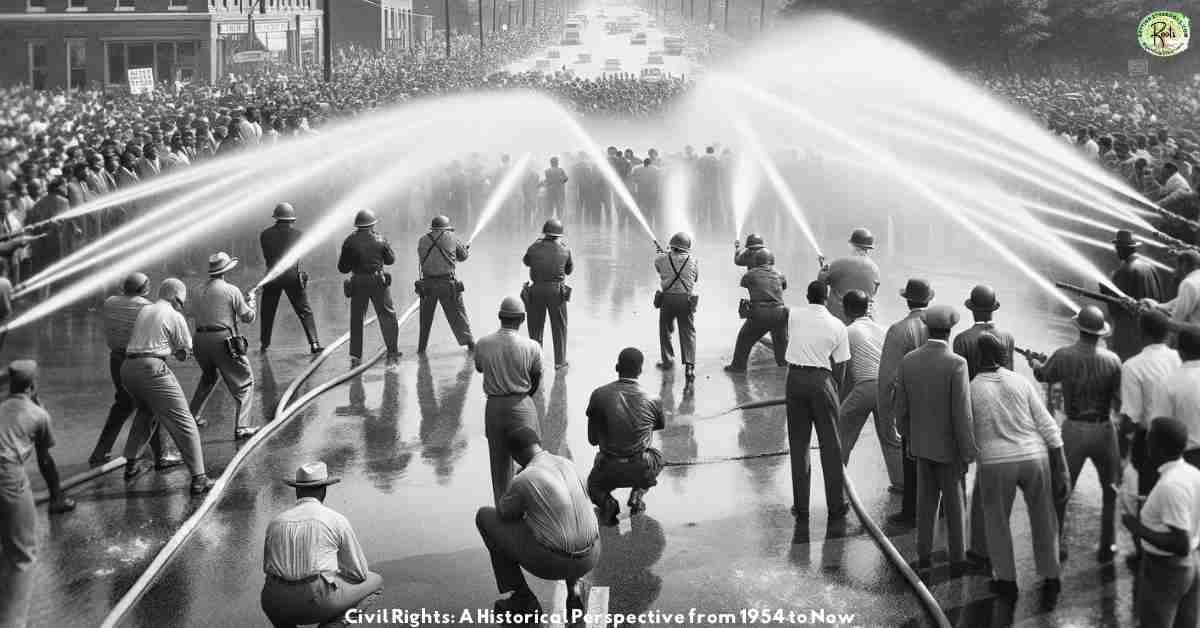
Nevertheless, the movement adapted. Communities developed security systems. Churches formed watch groups. People began documenting abuse with cameras and written testimony.
Each act of violence was turned into evidence. Moreover, organizers adjusted their strategies. When direct protests became too dangerous, they shifted to legal action or voter registration drives.
If one method failed, they tried another. Although violence was meant to break their spirit, it often did the opposite. Crowds grew larger. More people joined the cause. The nation paid closer attention.
In the end, the constant threat of harm only proved how important the Civil Rights fight truly was. Still, activists refused to back down. They met fear with faith and turned trauma into power.

Using the Media to Expose Injustice
Despite facing violence and legal setbacks, Civil Rights activists found a powerful ally in the media. Through newspapers, television, and photography, the truth finally reached the broader public.
As a result, the movement gained national and even global attention. For example, during the Birmingham Campaign, news cameras captured police using fire hoses and attack dogs on peaceful children.
These disturbing images appeared on television screens across the country. Americans who had ignored the issue now saw the cruelty for themselves.
Additionally, national newspapers ran front-page stories about beatings, arrests, and school blockades. Reporters described the bravery of protestors and the brutality they endured.
Consequently, public opinion began to shift. Because of the widespread coverage, political leaders could no longer pretend the problem was local. Members of Congress received calls and letters from concerned citizens.
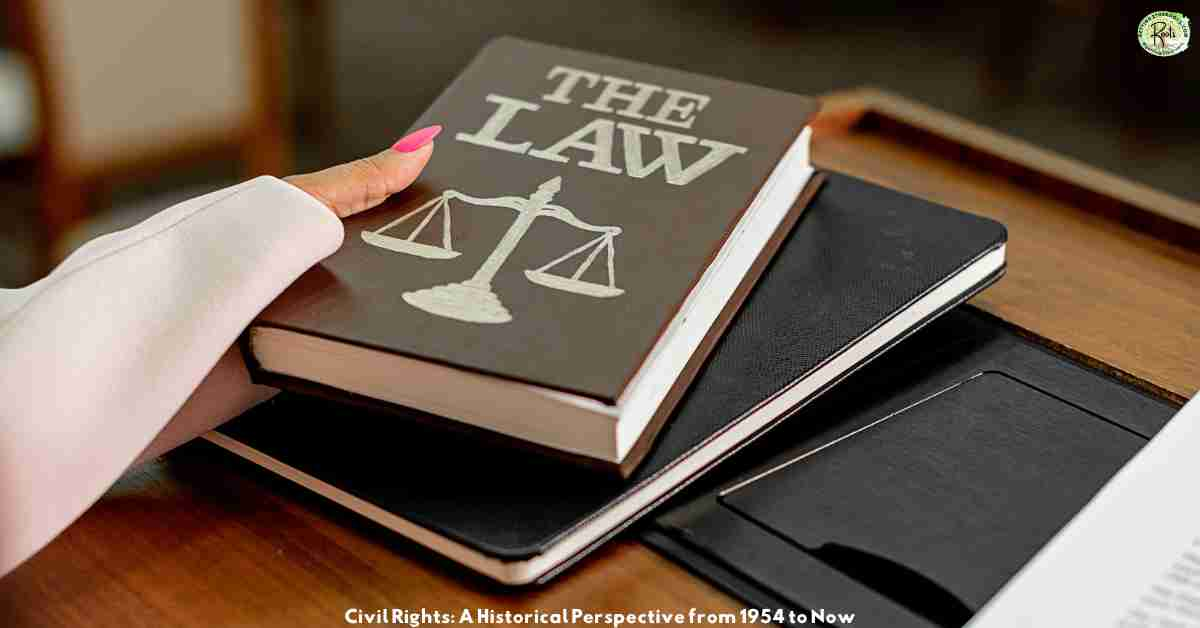
Church groups, students, and unions all began speaking out. More importantly, the media helped shape the narrative. Activists weren’t just seen as troublemakers. They were shown as heroes, people standing up for dignity and justice.
Moreover, movement leaders understood how to work with journalists. Press conferences were planned with care. March routes were chosen for visibility. Leaders gave clear, powerful messages that echoed across news outlets.
Their peaceful approach stood in sharp contrast to the violence they faced. In turn, international media picked up the story. The world watched as America struggled with its promise of freedom.
That pressure made it harder for the government to stall on Civil Rights reforms. Ultimately, without the media’s spotlight, many stories would have stayed hidden. But with cameras rolling and headlines spreading, the truth could no longer be denied.
Laws That Reshaped the Nation
The Civil Rights movement didn’t just change hearts, it changed laws. As a result of years of protest, organizing, and sacrifice, America began to rewrite its rules.
First came the Civil Rights Act of 1964. This law banned discrimination based on race, color, religion, sex, or national origin. It outlawed segregation in schools, workplaces, and public spaces.
For the first time, the federal government had real power to enforce equal treatment. Next came the Voting Rights Act of 1965. After marches in Selma and the violence of Bloody Sunday, the government responded.
This law banned literacy tests and placed federal officials in states known for voter suppression. As a result, voter registration in Black communities increased across the South.
In addition to those two major laws, other changes followed. The Fair Housing Act of 1968 banned discrimination in housing. Schools received federal funding only if they integrated.
Local governments faced lawsuits when they failed to follow civil rights laws. Furthermore, court decisions helped move things forward. Judges ordered schools to desegregate, even when towns resisted.
They also struck down laws that reinforced inequality. Together, these legal victories reshaped American society. They didn’t erase racism.
However, they gave Black Americans more protection, more access, and more opportunity. Although the movement did not fix every problem, it built the legal foundation for future progress. Without these laws, many doors would still be closed.
Beyond the 1960s: How the Civil Rights Movement Continued to Grow
After the 1960s, the Civil Rights movement didn’t disappear, it evolved. Although landmark laws were passed, many of the same problems continued. So, new leaders and organizations stepped up to carry the fight forward.
For example, the 1970s brought a shift in focus. Activists now fought against housing discrimination, unequal schools, police abuse, and job barriers.
Groups like the Congressional Black Caucus formed to push for policy change from inside the government. At the same time, leaders like Shirley Chisholm made history.
In 1968, she became the first Black woman elected to Congress. Later, she ran for president, showing the nation, that leadership had no color limit.
Moreover, the Black Power movement rose alongside traditional activism. Led by people like Stokely Carmichael and the Black Panther Party, this branch of the struggle demanded self-determination, safety, and dignity.
While some viewed this approach as too bold, others saw it as necessary. They set up community programs, fed families, and patrolled neighborhoods to stop police abuse.
These groups spoke to people left out of earlier Civil Rights victories; those still stuck in poverty, fear, or isolation. Meanwhile, students at historically Black colleges kept pushing for justice.
Protests continued across campuses. New ideas around identity, pride, and Black history took root in classrooms, art, and music. Although the media spotlight faded, the fight stayed alive in homes, churches, courtrooms, and Congress.
Different leaders stepped in. New issues rose up. But the mission stayed the same: justice, equality, and freedom. In short, the movement didn’t end, it just changed shape.
From the Streets to Social Media: A New Era of Civil Rights
As the years moved forward, the Civil Rights movement took on new forms. While marches and protests never stopped, younger generations began using fresh tools to carry the message.
During the 1990s and early 2000s, police violence and racial profiling became major flashpoints. Cases like Rodney King in Los Angeles drew national attention. The beating was caught on video, and once again, the country saw injustice in plain view.
Over time, social media changed everything. By the 2010s, platforms like Twitter and Facebook gave everyday people the power to organize fast and speak loud. Hashtags like #BlackLivesMatter turned into full-blown movements.
The deaths of unarmed Black people led to widespread protests. From Ferguson to Minneapolis, people took to the streets. But this time, videos went viral. Millions watched in real time.
The old tactics: marches, speeches, and media, now had a digital boost. At the same time, more Black leaders entered politics. From city councils to Congress, voices from the movement began shaping laws directly.
Meanwhile, artists, athletes, and influencers used their platforms to call out racism in real time. Additionally, today’s Civil Rights movement includes a wider fight.
It speaks out against racism, but also fights for fair housing, healthcare, education, and environmental justice. It’s not just about one law; it’s about changing systems. Even though progress continues, the struggle remains.
Voter suppression, police abuse, and economic inequality still block the path forward. However, each generation finds new strength and new ways to resist. The Civil Rights movement didn’t stop; it shifted gears. And it’s still moving today.
Start Local, Stay Loud
The fight for Civil Rights is not just history, it’s happening now. While the faces and tools may change, the mission stays the same. So how do we keep the movement alive today?
First, get involved where you live. Change often starts close to home. Attend city council meetings. Learn who’s making decisions about schools, police, and housing.
Speak up when you see injustice. One voice can spark a crowd. Next, support grassroots organizations. These local groups are often underfunded but do powerful work.
They register voters, teach legal rights, offer tutoring, and help families in need. Even small donations or volunteer time make a big impact.
Also, make your vote count. Local elections matter just as much as national ones.
From school boards to sheriffs, these roles shape your everyday life. Research candidates. Ask hard questions. Encourage others to vote too. Moreover, education is key. Keep learning about your history.
Share what you know with others. Help young people understand their rights and their power. The more we know, the harder it is to erase us.
Social media is a tool, but it’s not the only one.
While online action spreads awareness, real change still happens in communities. Show up, speak out, and stay involved.
The Civil Rights movement lives in every effort to make things fair. When you challenge racism, demand access, or help someone speak up, your part of that movement.
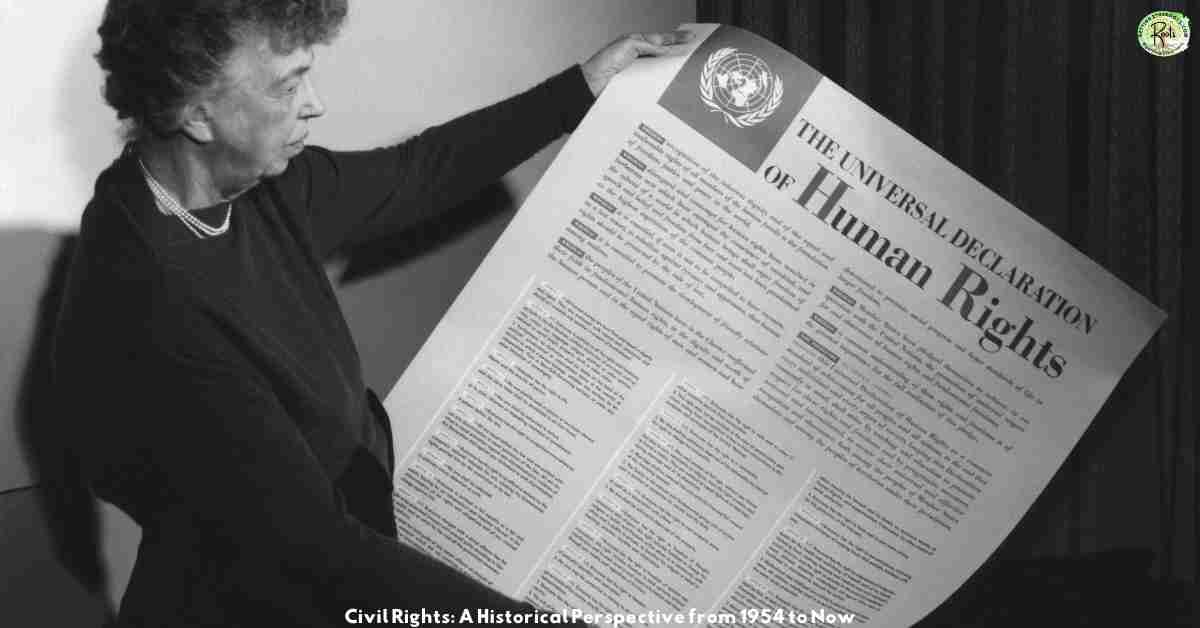
Pass the Torch Through Culture and Truth
Keeping the Civil Rights movement alive means passing the torch to the next generation. That doesn’t just happen in marches, it happens through stories, culture, and truth.
For starters, young people are already leading. From student walkouts to viral campaigns, they’re finding new ways to fight for justice.
They’re using apps, videos, and hashtags to rally support. But they need guidance. They need to know the history that got us here. That’s where storytelling matters
Share your family’s journey. Talk about the struggles and the wins. Every story is a lesson. Whether it’s how your grandparents fought redlining or how someone stood up at school, these stories build strength.
Likewise, culture keeps the message moving. Music, art, film, and fashion all carry the spirit of resistance. When we honor our past through creative expression, we teach without preaching. We inspire without a lecture.
In addition, schools must do better. Push for inclusive education. Demand that Black history is not just an elective, it’s part of the core. Help teachers get the tools they need to tell the full story, not just the safe version.
Also, challenge erasure. When books are banned or history is whitewashed, speak out. Use blogs, podcasts, YouTube, or town halls. Silence is not an option.
Most of all, remind young folks that the Civil Rights movement never ended, it just moved into their hands. Show them how to keep pushing, building, and protecting what was earned. Because truth passed down is power passed on.
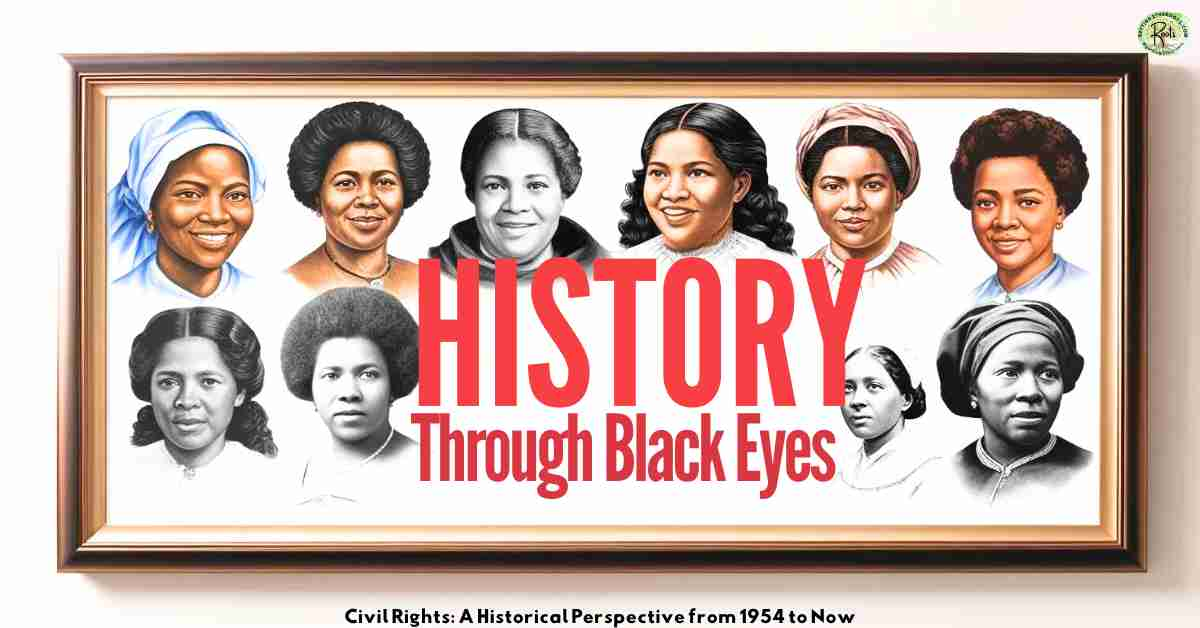
Keep Exploring the Stories That Shaped Us
Want to dive deeper into powerful moments like the Civil Rights Movement, Selma, or the March on Washington? Visit the History in Motion playlist for more eye-opening stories that reveal the truth behind America’s past.
History Comes Alive in Every Video
Check out the True History EXPOSED playlist on my YouTube channel to keep the journey going. Let’s learn from the past, honor the truth, and keep pushing for justice—together.
Conclusion: The Work Isn’t Over—It’s Ours Now
The Civil Rights movement changed the laws, the culture, and the country, but the work isn’t over. Racism didn’t vanish. Injustice didn’t quit. It just found new ways to hide.
That’s why we have to keep showing up. From the Montgomery Bus Boycott to today’s protests, every generation has stepped up. Now it’s our turn. Whether you’re voting, organizing, teaching, or just speaking the truth, you’re carrying the legacy forward.
So learn the history. Pass it on. Stand up when it counts. This isn’t just about the past. it’s about protecting our future. Because the Civil Rights movement never stopped moving. And neither can we.
Frequently Asked Questions: Civil Rights Then and Now
- What was the main goal of the Civil Rights movement?
- The main goal was to end racial segregation and gain equal rights under the law for Black Americans—especially in schools, jobs, voting, housing, and public spaces.
- Did the Civil Rights movement end in the 1960s?
- No. While major laws were passed in the 1960s, the fight for equality continues today. Racism and discrimination still exist in schools, jobs, and the legal system.
- Who were some lesser-known Civil Rights leaders?
- People like Ella Baker, Fannie Lou Hamer, Bayard Rustin, Diane Nash, and Claudette Colvin made big impacts behind the scenes. Their work helped shape key victories.
- How did the Civil Rights movement use the media?
- Activists used news cameras, newspapers, and photos to expose racism. Images of violence against peaceful protestors shocked the public and pushed leaders to act.
- What can I do today to support Civil Rights?
- Start local. Vote in every election. Support community groups. Speak up against injustice. Share real history with others. Every action counts.

